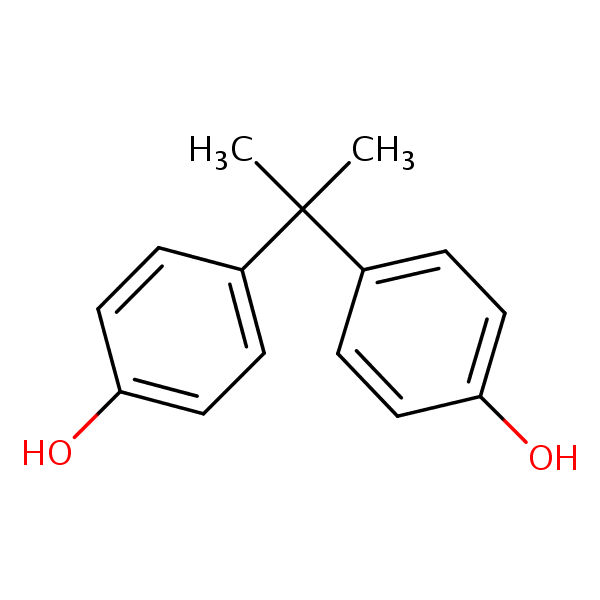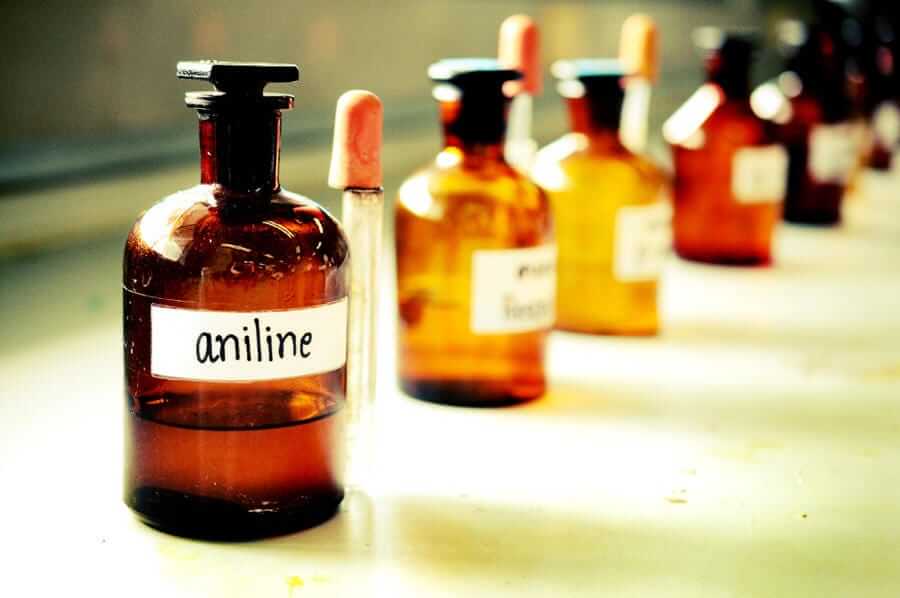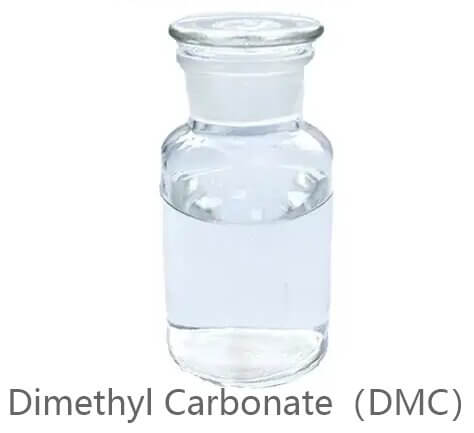Why Phenol Still Matters in the Lab
Growing up around a chemistry teacher, the smell of phenol always meant something unique was happening on the benchtop. Phenol gave us more than sharp fumes—it showed just how deeply a single molecule could reach into every shelf of organic synthesis. Walk into a university lab, and you’ll spot phenol at the center of dye production, painkillers, plastics, disinfectants, or even at the early stages of building agrochemicals. Its reactivity springs from a simple feature: that aromatic ring couples with the OH group, bringing a sweet spot of acidity, nucleophilicity, and the sort of reactivity chemists chase. This means phenol is not just another starting material—it often decides what gets built next.
Getting to the Root: Phenol’s Chemistry Unlocks Value
Look around any pharmacy. The white pills stamped with a cross or running some brand logo probably trace their roots to phenol chemistry. For instance, creating aspirin starts with salicylic acid, which itself comes from phenol. Epoxy resins and polycarbonates owe their strength and moldability to bisphenol A, another phenol derivative. The common link among these is phenol’s ability to donate or swap atoms at the ring’s ortho and para positions, thanks to its electron-rich nature. This sets up favorite reactions, like nitration and sulfonation, which, in my experience, feel almost like predictable dance steps: phenol goes in, and out comes a building block used far beyond the bench. In the hands of an industrial chemist, what starts as a clear, pungent liquid often ends up woven into daily essentials.
Making Better Medicines and Consumer Goods
Focusing on pharmaceuticals brings big challenges but also big rewards. Take paracetamol, a painkiller seen in cupboards across the globe. Its synthesis draws on phenol’s reactivity in a way that shapes both reaction time and affordability. Years ago, working in undergraduate labs, I watched students scramble as they worked out how to keep the reaction selective—too much heat, and things went messy. But such challenges show why phenol’s reliable chemistry is valuable. Beyond pharma, phenol links straight to plastics. Polycarbonate plastics in eyewear, phone cases, or even safety equipment rely on phenol as a key raw ingredient. Without it, the world would lose a chunk of material toughness and clarity that modern life now expects.
Environmental Impact and Safety Tweaks
In bustling industrial sectors, phenol doesn’t always carry a clean reputation. Its toxicity isn’t just a textbook fact; workers feel the sting of exposure, while waste streams cause trouble for rivers and soil. I learned early on that unchecked phenol disposal could leave entire landscapes impaired. Smart regulations and tighter engineering controls have started to change the script: active carbon filters in factories, safer storage tanks, and better emergency plans all work towards safer production lines. Scientists also hunt for cleaner routes—using renewable feedstocks or catalysts that save energy. For example, companies now explore synthesizing phenol from biomass, chipping away at fossil resource dependence. Pioneers in green chemistry partner with alumina or zeolite catalysts to lower the energy bill and sidestep some harsh byproducts. Solutions are never quick, but each tweak lightens the load carried by communities and ecosystems.
Keeping Innovation Rolling Along
Phenol’s versatility keeps next-generation materials and medicines on track. Every year, chemical engineers introduce tweaks to the phenol process, searching for ways to use less energy or tap non-petroleum sources. For example, passing benzene through oxygen-rich reactors under new catalysts has opened up a window to greener production, reducing greenhouse emissions in ways that years ago felt impossible. These shifts don’t just happen in multinational corporations—smaller specialty labs learn from improved routes, cut their own process costs, and adapt to tighter laws. Imagine synthetic biologists now engineering microbes that spit out phenol from sugar or waste. I’ve seen students spearhead club projects to design safer ways to recycle phenol-containing plastics, showing curiosity and responsibility can walk hand in hand.
Building on a Chemical Workhorse
Looking closer at phenol, the old image of a stinky beaker in the corner of a teaching lab gives way to a working molecule found in almost every important branch of synthesis. From bright-colored dyes used in everything from T-shirts to laboratory stains, to high-performance coatings, phenol-based products stretch across industries. New discoveries keep building on the phenol story—biotechnology, catalysis, and environmental chemistry all tap into its robust chemistry. While the risks and environmental costs draw much-needed scrutiny, the steady work to upgrade safety, explore greener paths, and keep waste out of waterways marks real progress. Phenol leaves a footprint, but it also powers countless practical advances that touch modern life. The story keeps growing, shaped by real-world needs and the determined work of chemists everywhere.



